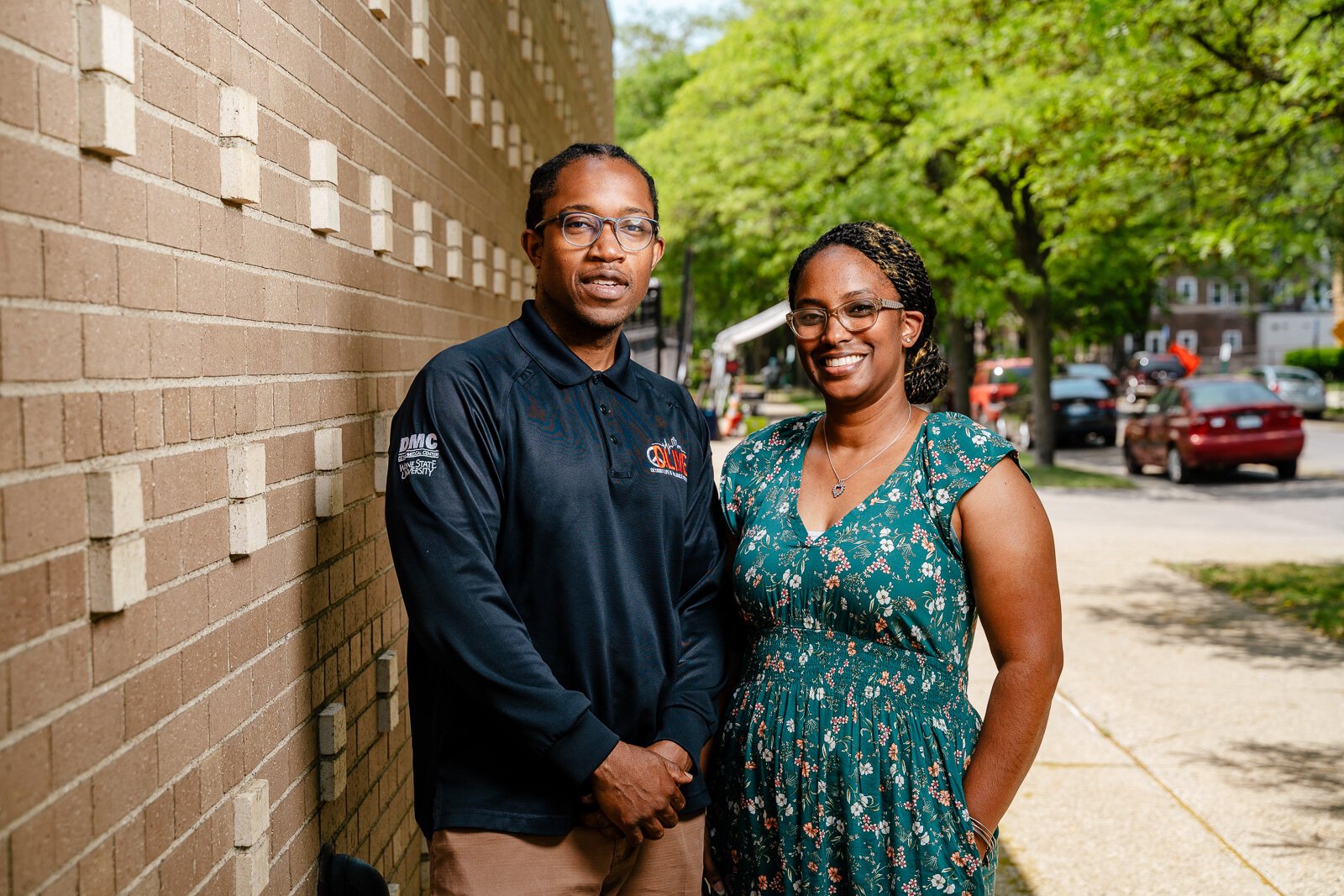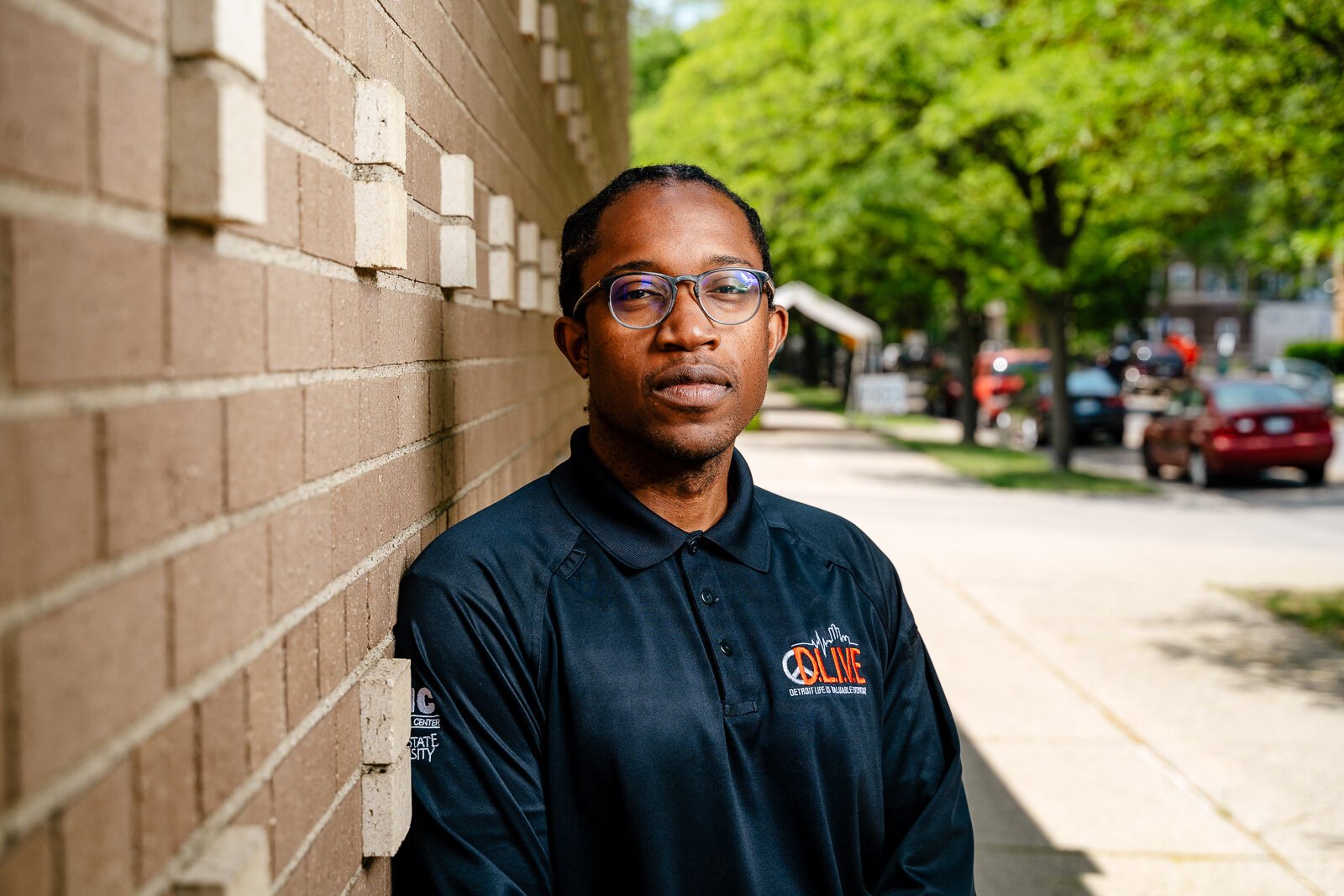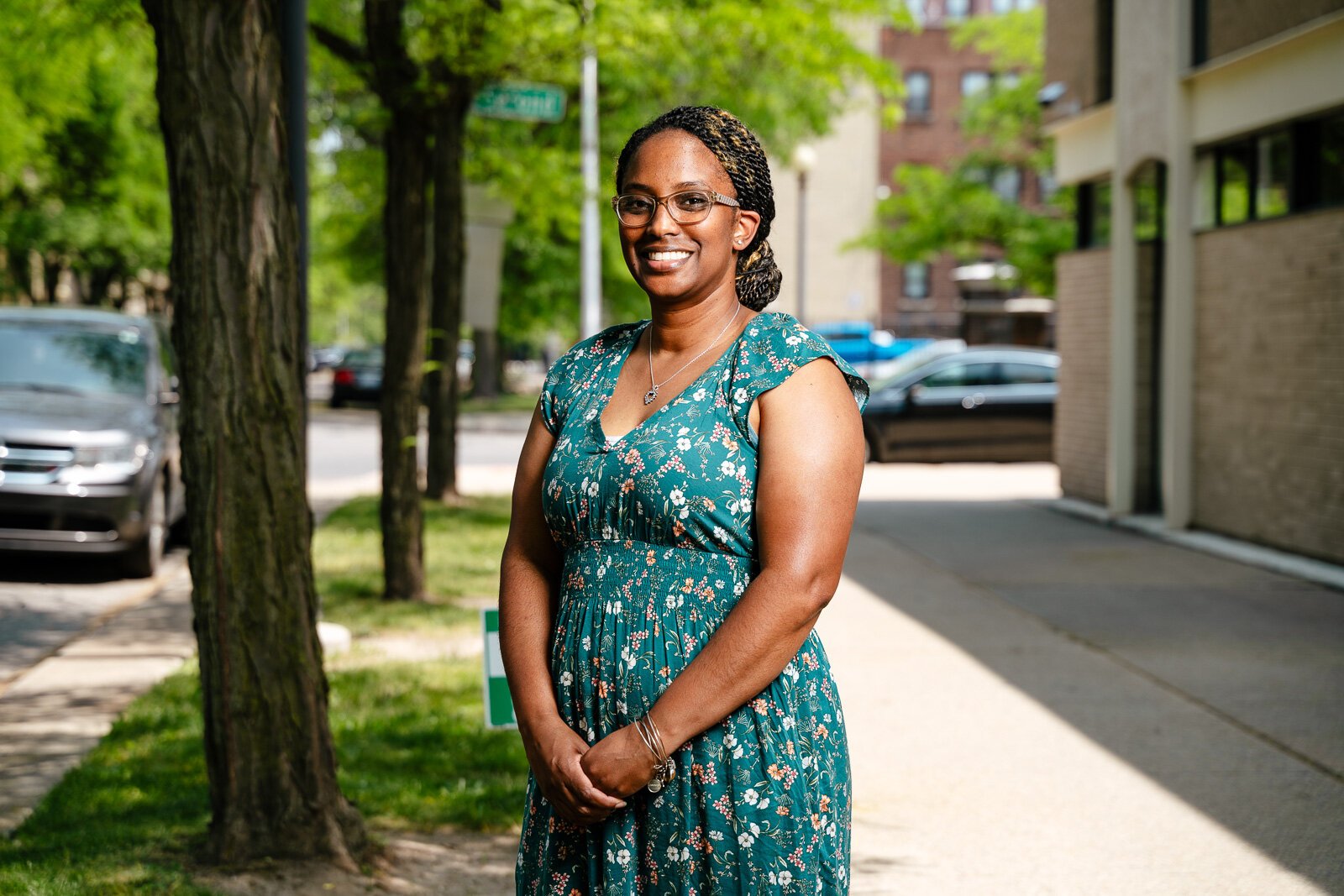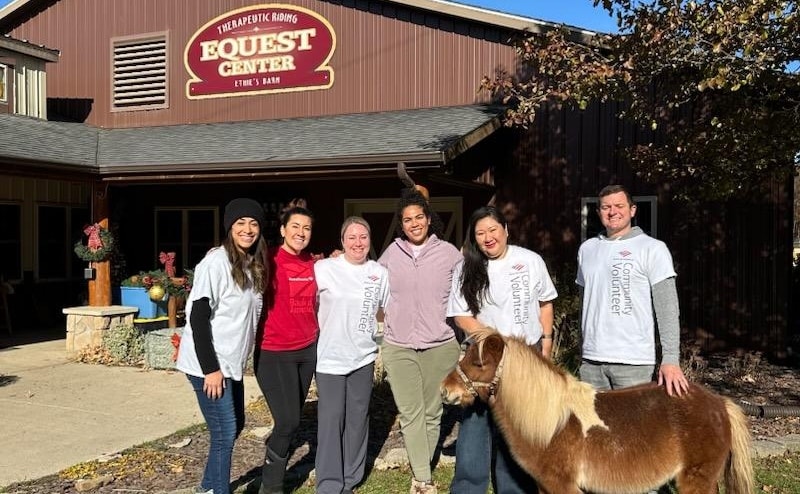
Medical researchers in Michigan are designing innovative programs to intervene in cycles of violence.
This article is part of State of Health, a series about how Michigan communities are rising to address health challenges. It is made possible with funding from the Michigan Health Endowment Fund.
Violence is a leading cause of death in the U.S., and it takes an alarming toll on young people. The Centers for Disease Control and Prevention (CDC) reports that homicide is the third most common cause of death for Americans aged 44 and younger. The journal JAMA Pediatrics states that homicide is the leading cause of death for children in the United States, and the overall rate has increased by an average of 4.3% each year for nearly a decade. From 1999 to 2020, nearly 40,000 US children died by homicide.
Another disturbing JAMA conclusion is that “Black boys were killed more than any other group, and firearms were the most common weapon used in children’s deaths.”

“African American youth in this country are disproportionately impacted by firearm violence and firearm injury,” says Dr. Patrick Carter, assistant professor at the University of Michigan School of Medicine Department of Emergency Medicine. “A lot of that has to do with the structural factors that are in place in urban communities, the legacy of economic disinvestment, history of redlining, and systemic racism. That creates the environment in which they’re at increased risk for violence and don’t have positive opportunities that can decrease their eventual risks.”
While pundits can’t seem to agree on how to address this deadly violence, Carter and other medical researchers here in Michigan are putting data to work to prevent it.
Shifting the paradigm for violently injured young people
Once a person sustains injury as a result of interpersonal violence, they are more likely to experience a violent injury or death again. In Detroit, Dr. Tolulope Sonuyi heads up a program that treats violent injury as a pervasive cyclical disease process and intervenes to reduce repeat violent injuries among young people. That program, Detroit Life Is Valuable Everyday (DLIVE), is a Wayne State University Department of Emergency Medicine initiative based out of Detroit Medical Center’s Sinai-Grace Hospital.
“We’ve been able to get to a level below 7% in the rate of recurrent injury for our young people that we work with, which is amazing — historical recidivism rates are 44% here,” Sonuyi says. “This has been an important indicator of the impact and the success that we find that we have. We have great mental health engagement with our young people who are buying into, accepting, and approaching the program with enthusiasm.”

Referred to the program by the hospital’s emergency department, youth presenting with acute trauma injury are engaged bedside by DLIVE violence intervention specialists (VIS). The young people find themselves in a safe space where they feel at ease and respected. Together, the VIS and the young person collaborate to develop a plan for transforming their life.
“First and foremost is really being able to establish a professional, therapeutic relationship with that young person, ensuring that they have a space to be relaxed and upheld with trust,” Sonuyi says. “We take a trauma-informed, strategic approach addressing the social drivers that led to the violent injury and are actually exacerbated and perpetuated by the injury.”
Those social drivers can include lack of education, housing insecurity, and financial strain, as well as the impacts of historical trauma and systemic racism. The program utilizes Detroit community resources to help young people overcome those barriers, whether that means going back to school, finding employment, or handling legal issues. Monthly Trauma Peer Groups provide a space where participants gather, share, and learn from each other. Program participants work intensely on their mental health with a VIS for at least six to 12 months and as long as two or three years.
“I’ve seen a person who had initially felt they did not need mental health services at all. After consistency on my part and frequent checking in, they were able to eventually open up and be more engaged, and not just on a surface level,” says Dr. Juanita Houston, DLIVE’s lead healthy minds coach. “We were able to do some really deep work.”

Houston leads DLIVE participants in a number of activities that support their transformation. In their book club, the group is currently reading “What Happened to You? Conversations on Trauma, Resilience, and Healing” by Oprah Winfrey and Dr. Bruce D. Perry. Houston has put together coping kits filled with sensory items like candles, putty, rubber bands, and fragrant items. Sometimes she shares mindfulness techniques. Most recently, she took the group to a rage room where they could release anger in a healthy environment.
“DLIVE is working to change lives, to transform trauma — and I’m getting to be a part of that,” Houston says. “I get to watch lives change through unfortunate events because these positive folks are here to help. One thing I have learned here is that the injury that brought them in is not often the thing that’s the most concerning.”
U-M’s youth violence prevention program collaborates with communities
Based at the University of Michigan School of Public Health, the Michigan Youth Violence Prevention Center (MI-YVPC) is one of six National Centers of Excellence in Youth Violence Prevention funded by the CDC. The centers research youth violence prevention and collaborate with local community partners to put the research into action. Carter says his work with MI-YVPC flows directly out of his experience as an emergency department physician.
“A lot of my work in terms of youth violence has been around what work we can do at health care centers to decrease [poor] outcomes,” he says. “And I have a broader lens to work with. It’s prevention-centered and focuses on communities, not just in the health care setting.”
Carter notes that large-scale studies have shown violence and violent injury can be reduced. Like DLIVE, MI-YVPC works with children and young people who have sustained a violent injury and are at risk for repeated injuries.
“We ask, ‘How can we decrease their risk for a future injury?'” Carter says. “The way to move the needle on this public health problem is to really focus across all of the different settings. We need to work in health care settings. We need to work in communities. We need to work with youth out in the community.”
MI-YVPC works on programs that expose kids to positive experiences – for example, social sports and mentoring from adults they can look up to as models for a career path or employment opportunity.
“We follow up through health care settings with kids who are at risk, [with kids] who might not be there [in the ER] that day but for violent entry, by working with them,” Carter says. “We know that helps to decrease their involvement with further violent injury.”
Carter believes that violence prevention interventions such as community and economic empowerment opportunities for youth can work. MI-YVPC has focused on reducing youth violence in Muskegon, Grand Rapids, and Flint. In addition to providing opportunities for youth, the program empowered communities through greening initiatives, environmental design that decreases crime, and fostering relationships between law enforcement and community members.
“It’s the totality of all those interventions that are really going to be the thing that moves the needle on this problem,” Carter says. “I think packaging those types of interventions and disseminating them more broadly will have a broader impact across a lot of communities.”
Sonuyi agrees. He’s been heartened to see some young people transition from having extreme housing security, no transportation, legal challenges, and/or substance abuse issues to buying a car and/or home.
“I think the anecdotes tell the story better than any numbers,” he says. “… That’s a powerful thing.”
Estelle Slootmaker is a working writer focusing on journalism, book editing, communications, poetry, and children’s books. You can contact her at Estelle.Slootmaker@gmail.com or www.constellations.biz.
Photo of Patrick Carter courtesy of Patrick Carter. All other photos by Nick Hagen.









